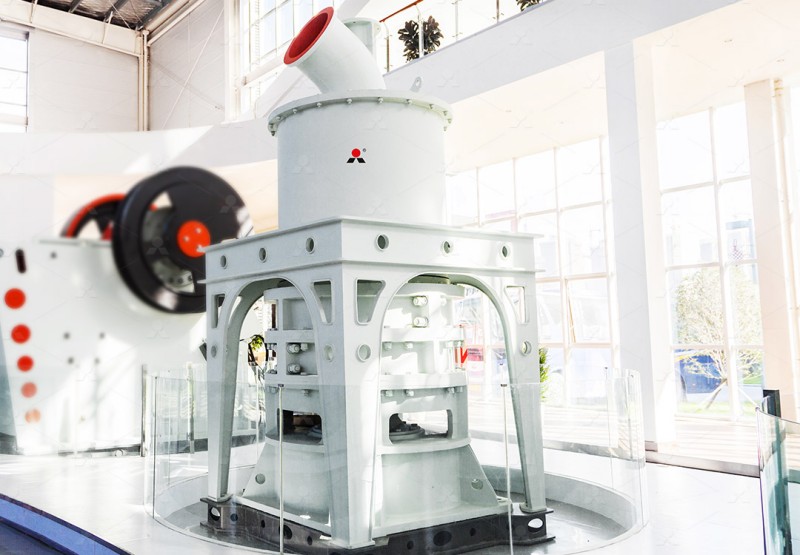How to Adjust Fineness in Limestone Grinding Mills
How to Adjust Fineness in Limestone Grinding Mills
Achieving the desired fineness in limestone grinding is a critical aspect of mineral processing, directly impacting product quality, application suitability, and operational efficiency. For operators, understanding the mechanisms and variables that control particle size distribution is paramount. This article delves into the primary methods for fineness adjustment and highlights advanced mill technology that simplifies this process.
Key Factors Influencing Final Product Fineness
Several interconnected factors determine the fineness of ground limestone. The most direct control is often exerted by the classifier or powder separator system. In modern mills, this is typically a dynamic, cage-type selector. By adjusting the rotational speed of the classifier’s rotor, operators can precisely control the cut point. A higher rotor speed allows only the finest particles to pass through, resulting in a finer product, while a lower speed permits coarser material to exit the grinding chamber.

Secondly, the grinding pressure applied by the rollers is a crucial variable. Increased pressure exerted on the material bed results in more intense fracturing of particles, generally yielding a finer output. Many advanced mills feature automated hydraulic systems that allow for precise, real-time adjustment of grinding pressure to maintain consistent fineness despite fluctuations in feed material hardness or moisture content.
Other significant factors include:
- Feed Rate: An overloaded mill may not grind material sufficiently, leading to a coarser product. A consistent and optimal feed rate is essential.
- Airflow Volume: The air current within the mill carries particles to the classifier. Insufficient airflow can cause material to recirculate and be over-ground, while excessive airflow might carry coarser particles out.
- Grinding Element Wear: Worn rollers and liners lose their grinding efficiency, gradually leading to a coarser product, necessitating regular maintenance and part replacement.
Introducing the MW Ultrafine Grinding Mill for Precision Control
For operations demanding exceptional control over ultra-fine limestone powders, conventional mills often fall short. This is where technological innovation provides a significant advantage. Our MW Ultrafine Grinding Mill is engineered specifically for customers who need to make precisely graded ultra-fine powder with minimal operational hassle.
A standout feature of the MW Series is its advanced multi-head cage-type powder selector, which incorporates German technology. This system effectively increases the precision of powder separation, allowing operators to effortlessly adjust the product fineness within a wide spectrum—from 325 to 2500 meshes. The screening rate is highly efficient, achieving d97≤5μm in a single pass. This eliminates the need for complex, multi-stage grinding processes and provides unparalleled flexibility to meet varying customer specifications for different applications, from paints and cosmetics to high-grade fillers.

Beyond fineness control, the MW Mill offers remarkable operational benefits. Its design eliminates rolling bearings and screws inside the grinding chamber, virtually eradicating common failure points and machine damage caused by loose components. Furthermore, its external lubrication system allows for maintenance without shutdowns, supporting continuous 24/7 production. Coupled with an efficient pulse dust collector and muffler, the entire milling process is not only precise but also environmentally friendly and clean.
Best Practices for Consistent Fineness
Adjusting fineness is not a ‘set it and forget it’ task. To maintain consistency:
- Monitor Continuously: Implement real-time particle size analyzers where possible to get instant feedback on product fineness.
- Start with Manufacturer Settings: Begin with the recommended parameters for your target fineness provided in the mill’s manual and fine-tune from there.
- Make Gradual Adjustments: Change one variable at a time (e.g., classifier speed) and allow the system to stabilize before assessing the result and making further changes.
- Keep a Log: Document settings, feed material characteristics, and resulting fineness to build a reliable database for future optimizations.

Conclusion
Mastering fineness adjustment in limestone grinding mills is a blend of understanding fundamental principles and leveraging modern mill technology. While factors like classifier speed, grinding pressure, and airflow are universal keys, utilizing a mill designed for precision, like the MW Ultrafine Grinding Mill, transforms this critical task from a challenge into a straightforward, reliable process. By offering an expansive and easily adjustable fineness range alongside robust, low-maintenance operation, the MW Series stands as an optimal solution for producing high-value limestone powders for a diverse range of industries.
